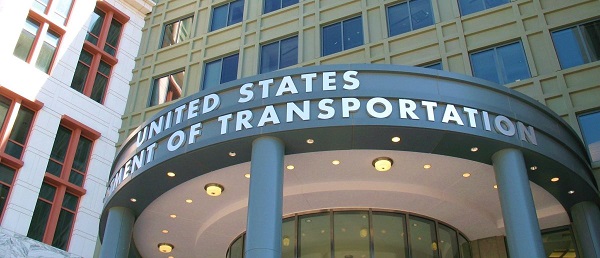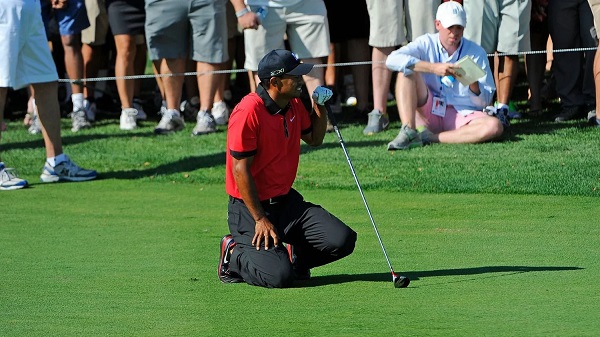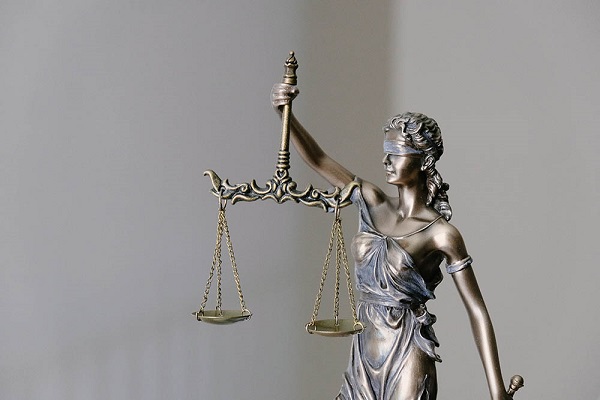Opinion
#GetInvolvedHero – “Jump”

Welcome back! Make sure to read “Community” before jumping in.
“I should do something…” you tell yourself as you lay awake. It was supposed to be the day you started that new… thing. But, the comfort of your bed beats sweating to get up early.
Starting is the scariest part of the successful dream. We can all agree that it is so much easier sitting on that desk, tucked inside our heads and planning the perfect idea. It is simpler to imagine yourself doing that race and winning gold than to get up and train.
“I’m not ready. I’ll wait till everything is perfect. It’s not my fault that things aren’t just right.”
Fear also plays a part in hesitating. Like cement, it weighs you down and makes it harder to soar to your dreams. Perhaps, you doubt your strength or you have seen too many others fail which is disheartening to watch. Perhaps, your whole life you’ve been told that you aren’t good enough or you fear disappointing others. Perhaps, you are afraid of failing those who depend on and trust in you.
The good news is that inertia can help you overcome this cliff. Create inertia through habits and form habits by repetition. With practice, you will leap into the fulfilment of life.
The difference between success and failure is the jump. A losing mindset holds you back, trapping your dreams in the false ruse of impossibility. History teaches us that every pacesetter has taken impossible, bold steps ahead of their time to succeed.
Use this 5-second rule by Mel Robbins to discover the other side of the cliff after jumping:
Imagine what you want to do
Countdown from 5
Do it
Becoming a #GetInvolvedHero requires a leap of faith. Throughout this month we’ll explore ways to spring forth which is important because next month, we will explore “Attitude”.
Question for YOU!
What are you Jumping into? – Share reply with #GetInvolvedHero or email at [email protected]
Cheers,
Toby
International
Biden’s Autopen Orders declared “null and void”

In a 91-page report released Tuesday, the House Oversight Committee accused Joe Biden’s inner circle of executing and concealing presidential actions without his knowledge, declaring that any orders signed through the autopen were “null and void.” The Republican-led panel, chaired by Rep. James Comer (R-KY), said it uncovered evidence that senior aides used the mechanical signature device to authorize pardons, commutations, and executive directives while Biden’s mental and physical decline worsened — all to preserve “the illusion of presidential authority.”
Joe Biden WAS NOT running the show.
Our new report EXPOSES how Biden's decline was real and his aides covered it up.
Aides didn't even know WHO was operating the autopen to sign official documents and pardons.
Watch the truth they tried to bury 👇🏻 pic.twitter.com/WkQsy5k6uC
— Oversight Committee (@GOPoversight) October 28, 2025
“The Biden Autopen Presidency will go down as one of the biggest political scandals in U.S. history,” the report stated. “As Americans saw President Biden’s decline with their own eyes, his inner circle sought to deceive the public, cover up his condition, and took unauthorized executive actions that are now invalid.” The committee urged the Justice Department to launch a full criminal investigation into what it called a “cover-up of historic proportions,” naming several aides who invoked the Fifth Amendment when questioned about their roles. It also demanded the D.C. Board of Medicine investigate Biden’s physician for allegedly hiding his true medical state.
According to the report, internal emails and documentation revealed a “haphazard process” surrounding clemency and other executive actions, with no reliable record confirming Biden’s personal approval. Comer said the findings raise profound constitutional concerns. “If unelected aides were using the autopen to execute presidential powers without Joe Biden’s knowledge or consent, that is an assault on the Constitution itself,” he said.
The White House has not yet responded.
Business
Canada’s combative trade tactics are backfiring
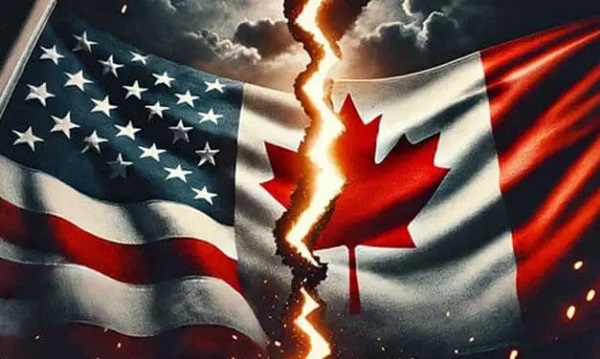
This article supplied by Troy Media.
Defiant messaging may play well at home, but abroad it fuels mistrust, higher tariffs and a steady erosion of Canada’s agri-food exports
The real threat to Canadian exporters isn’t U.S. President Donald Trump’s tariffs, it’s Ottawa and Queen’s Park’s reckless diplomacy.
The latest tariff hike, whether triggered by Ontario’s anti-tariff ad campaign or not, is only a symptom. The deeper problem is Canada’s escalating loss of credibility at the trade table. Washington’s move to raise duties from 35 per cent to 45 per cent on nonCUSMA imports (goods not covered under the Canada-United States-Mexico Agreement, the successor to NAFTA) reflects a diplomatic climate that is quickly souring, with very real consequences for Canadian exporters.
Some analysts argue that a 10-point tariff increase is inconsequential. It is not. The issue isn’t just what is being tariffed; it is the tone of the relationship. Canada is increasingly seen as erratic and reactive, negotiating from emotion rather than strategy. That kind of reputation is dangerous when dealing with the U.S., which remains Canada’s most important trade partner by a wide margin.
Ontario Premier Doug Ford’s stand up to America messaging, complete with a nostalgic Ronald Reagan cameo, may have been rooted in genuine conviction. Many Canadians share his instinct to defend the country’s interests with bold language. But in diplomacy, tone often outweighs intent. What plays well domestically can sound defiant abroad, and the consequences are already being felt in boardrooms and warehouses across the country.
Ford’s public criticisms of companies such as Crown Royal, accused of abandoning Ontario, and Stellantis, which recently announced it will shift production of its Jeep Compass from Brampton to Illinois as part of a US$13 billion U.S. investment, may appeal to voters who like to see politicians get tough. But those theatrics reinforce the impression that Canada is hostile to
international investors. At a time when global capital can move freely, that perception is damaging. Collaboration, not confrontation, is what’s needed most to secure investment in Canada’s economy.
Such rhetoric fuels uncertainty on both sides of the border. The results are clear: higher tariffs, weaker investor confidence and American partners quietly pivoting away from Canadian suppliers.
Many Canadian food exporters are already losing U.S. accounts, not because of trade rules but because of eroding trust. Executives in the agri-food sector are beginning to wonder whether Canada can still be counted on as a reliable partner, and some have already shifted contracts southward.
Ford’s political campaigns may win applause locally, but Washington’s retaliatory measures do not distinguish between provinces. They hit all exporters, including Canada’s food manufacturers that rely heavily on the U.S. market, which purchases more than half of Canada’s agri-food exports. That means farmers, processors and transportation companies across the country are caught in the crossfire.
Those who believe the new 45 per cent rate will have little effect are mistaken. Some Canadian importers now face steeper duties than competitors in Vietnam, Laos or even Myanmar. And while tariffs matter, perception matters more. Right now, the optics for Canada’s agri-food sector are poor, and once confidence is lost, it is difficult to regain.
While many Canadians dismiss Trump as unpredictable, the deeper question is what happened to Canada’s once-cohesive Team Canada approach to trade. The agri-food industry depends on stability and predictability. Alienating our largest customer, representing 34 per cent of the global consumer market and millions of Canadian jobs tied to trade, is not just short-sighted, it’s economically reckless.
There is no trade war. What we are witnessing is an American recalibration of domestic fiscal policy with global consequences. Canada must adapt with prudence, not posturing.
The lesson is simple: reckless rhetoric is costing Canada far more than tariffs. It’s time to change course, especially at Queen’s Park.
Dr. Sylvain Charlebois is a Canadian professor and researcher in food distribution and policy. He is senior director of the Agri-Food Analytics Lab at Dalhousie University and co-host of The Food Professor Podcast. He is frequently cited in the media for his insights on food prices, agricultural trends, and the global food supply chain
Troy Media empowers Canadian community news outlets by providing independent, insightful analysis and commentary. Our mission is to support local media in helping Canadians stay informed and engaged by delivering reliable content that strengthens community connections and deepens understanding across the country
-

 Business3 hours ago
Business3 hours agoTrans Mountain executive says it’s time to fix the system, expand access, and think like a nation builder
-
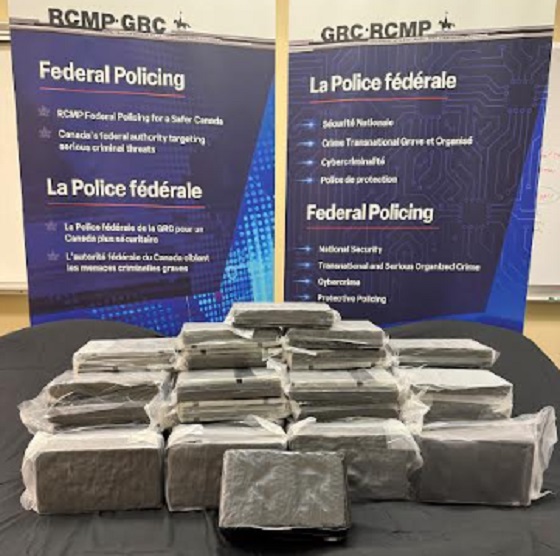
 Alberta1 day ago
Alberta1 day agoCoutts border officers seize 77 KG of cocaine in commercial truck entering Canada – Street value of $7 Million
-
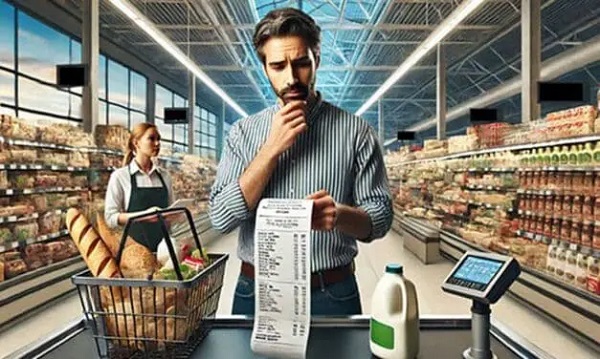
 Business1 day ago
Business1 day agoThe painful return of food inflation exposes Canada’s trade failures
-

 Sports2 days ago
Sports2 days agoWhile Ohtani marches into MLB history, Nippon league’s shame lingers
-
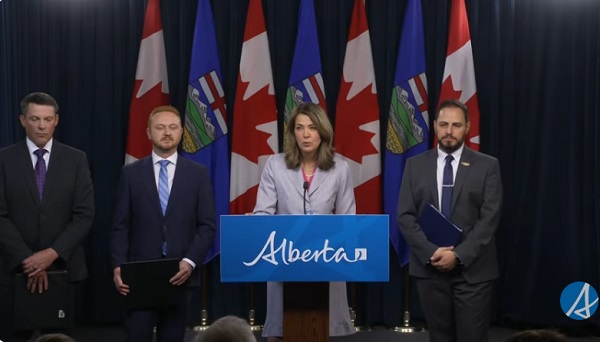
 Alberta13 hours ago
Alberta13 hours agoPremier Smith sending teachers back to school and setting up classroom complexity task force
-

 Addictions5 hours ago
Addictions5 hours agoThe Shaky Science Behind Harm Reduction and Pediatric Gender Medicine
-

 Alberta12 hours ago
Alberta12 hours agoThousands of Albertans march to demand independence from Canada
-

 Business1 day ago
Business1 day agoCBC uses tax dollars to hire more bureaucrats, fewer journalists








